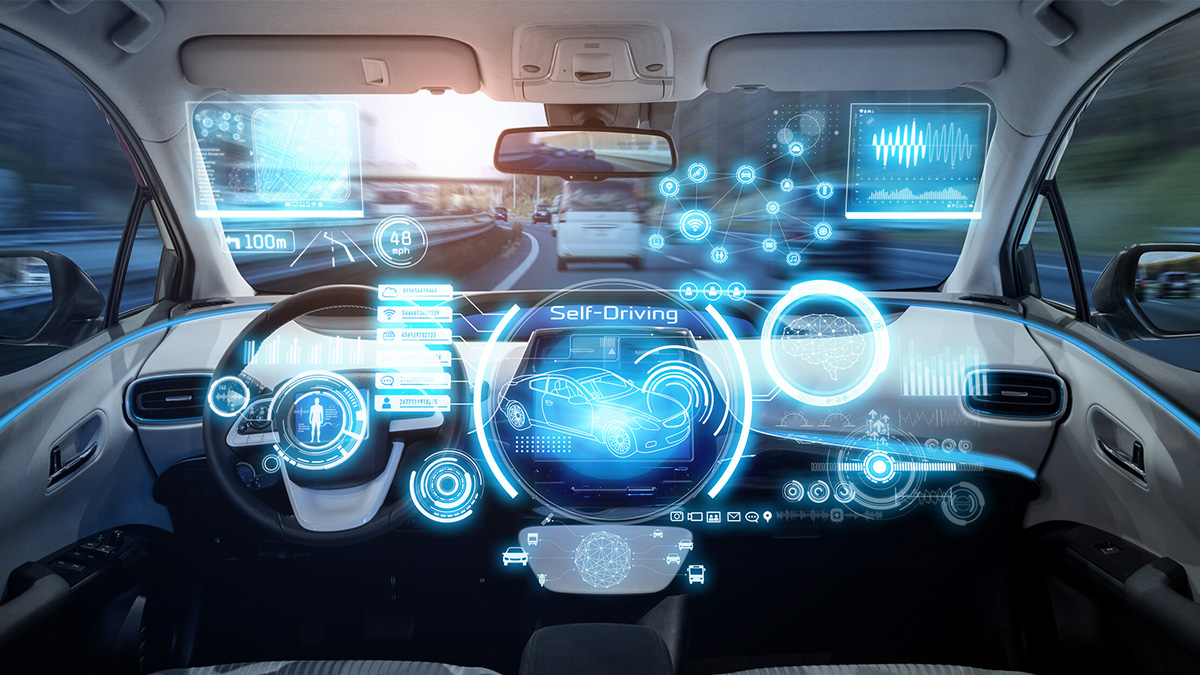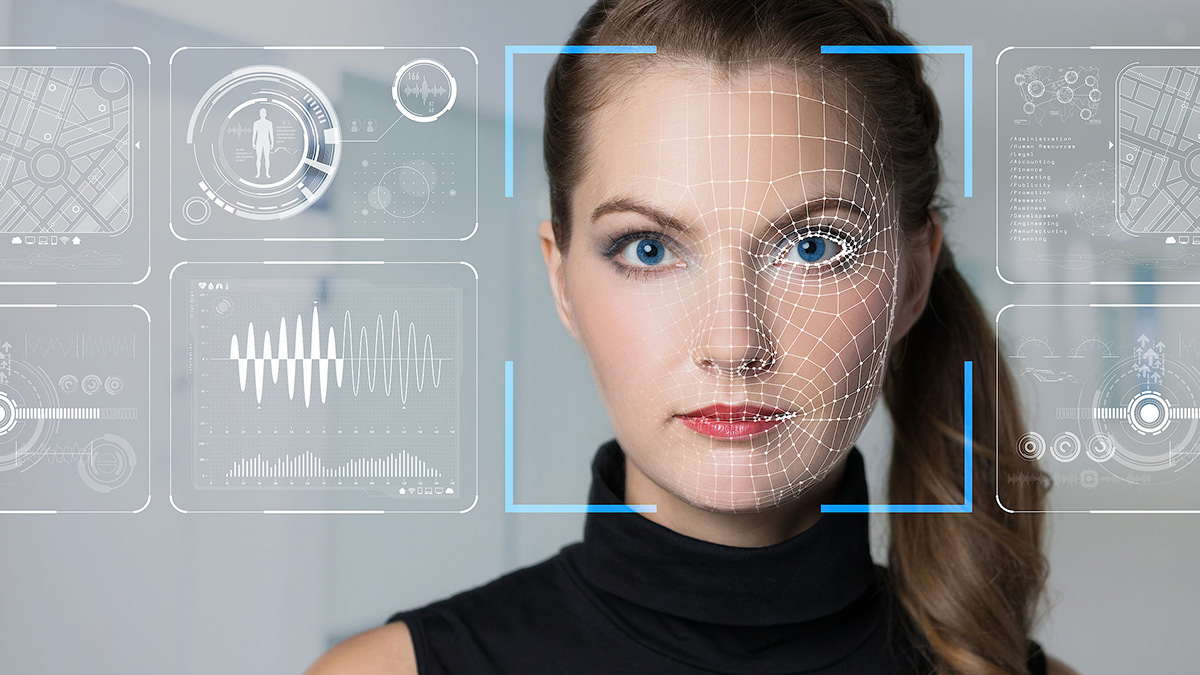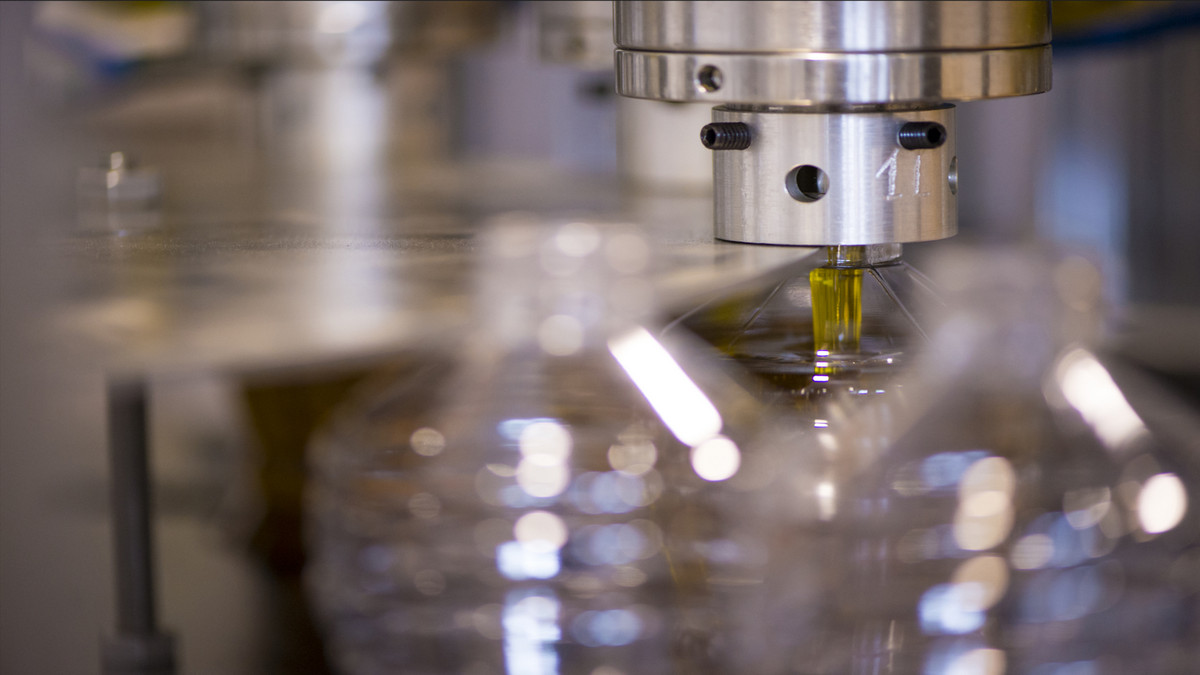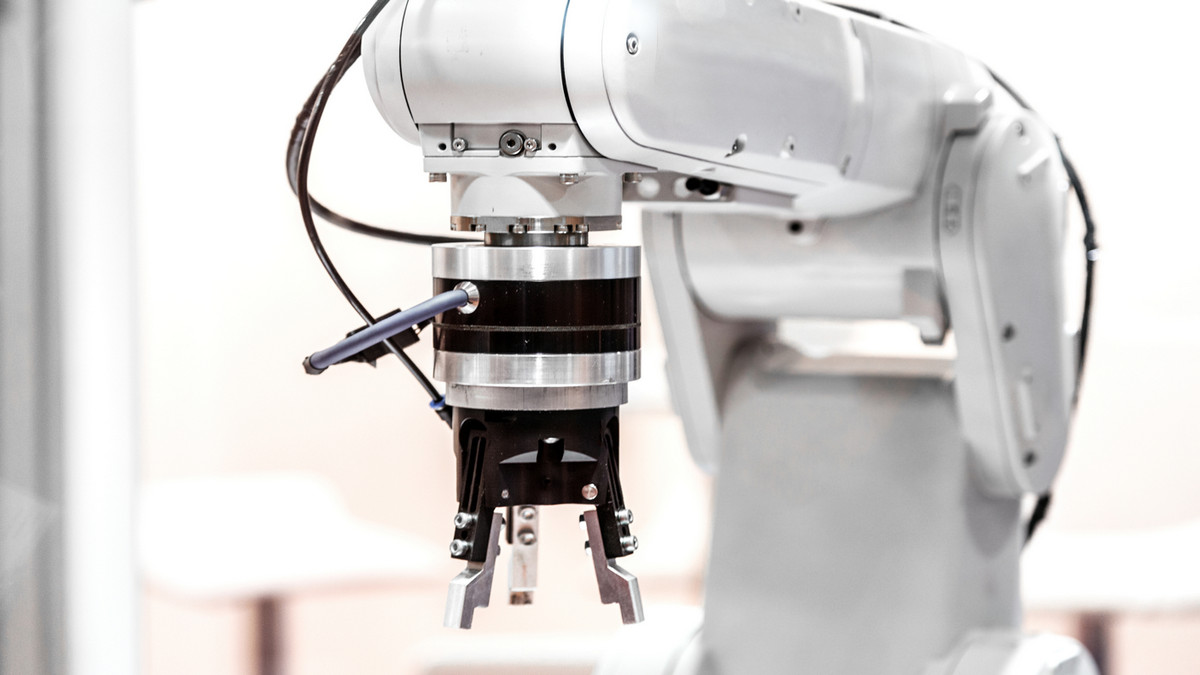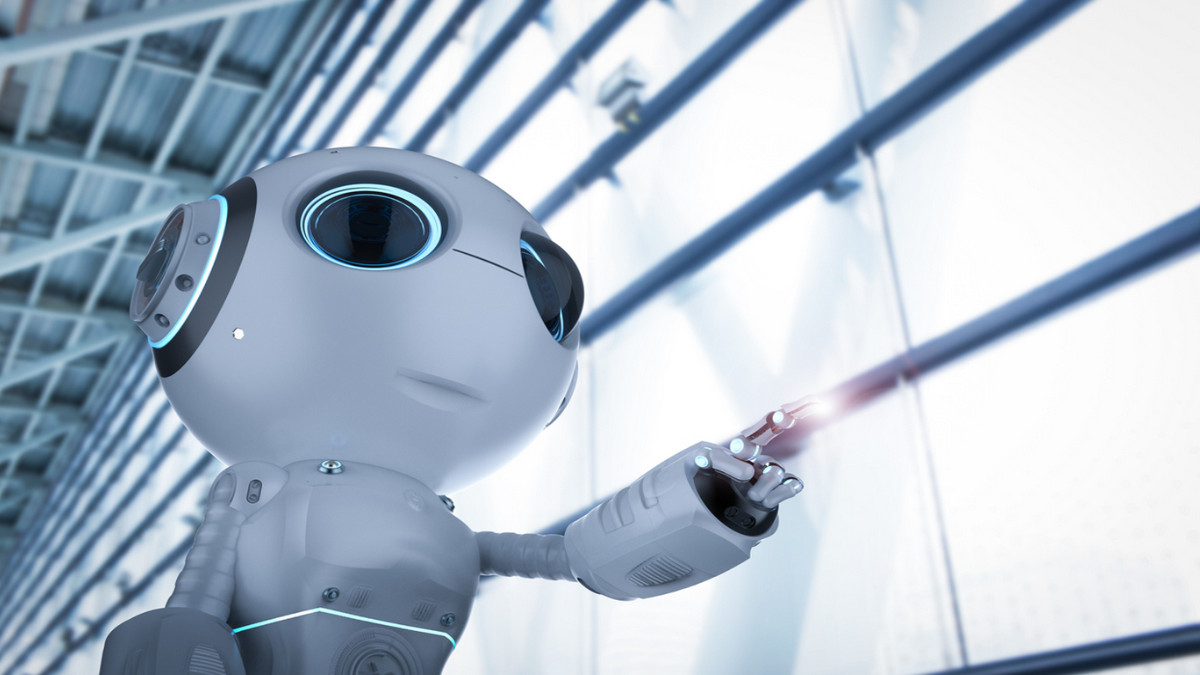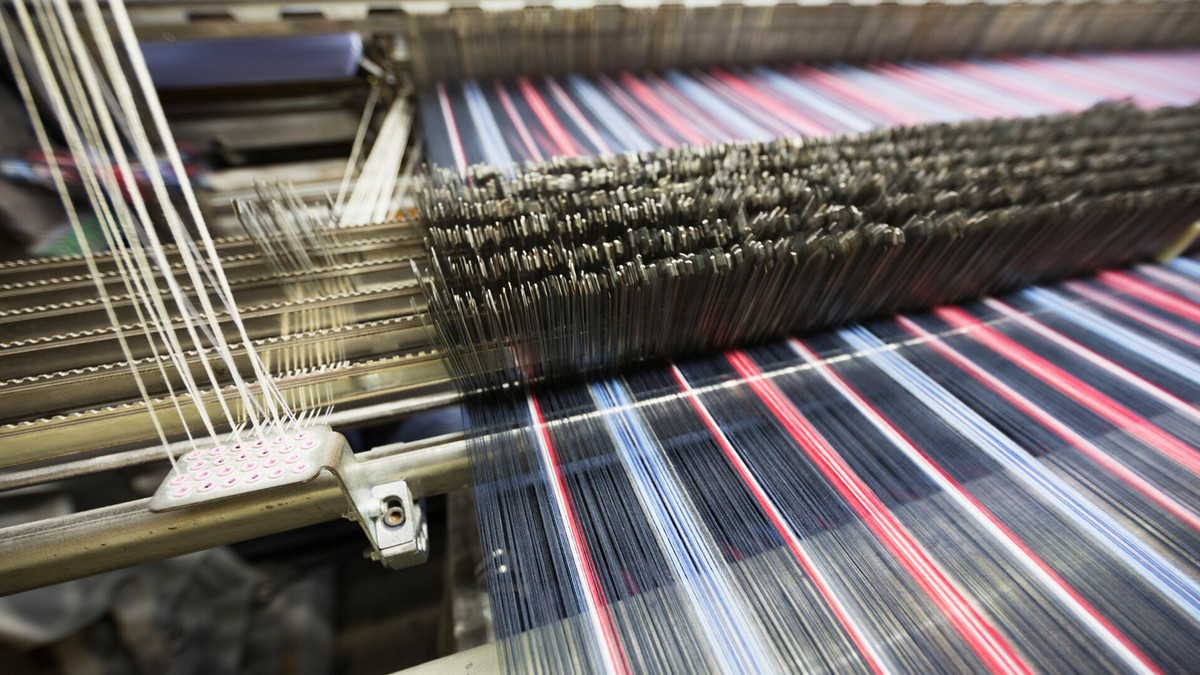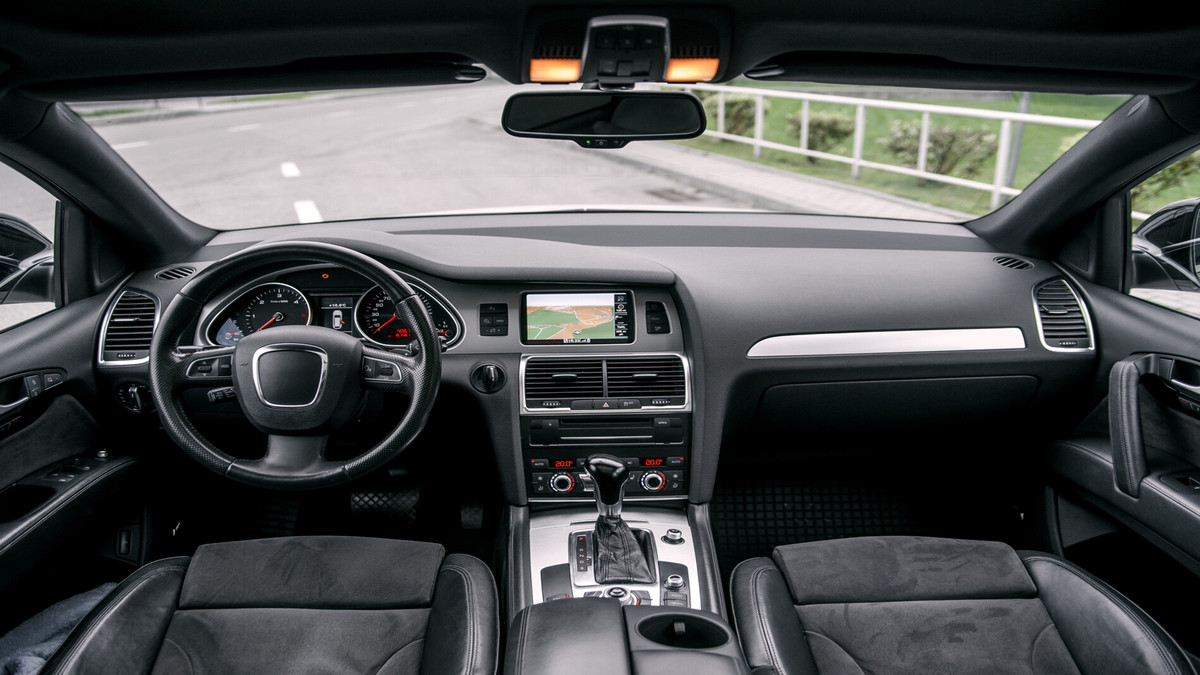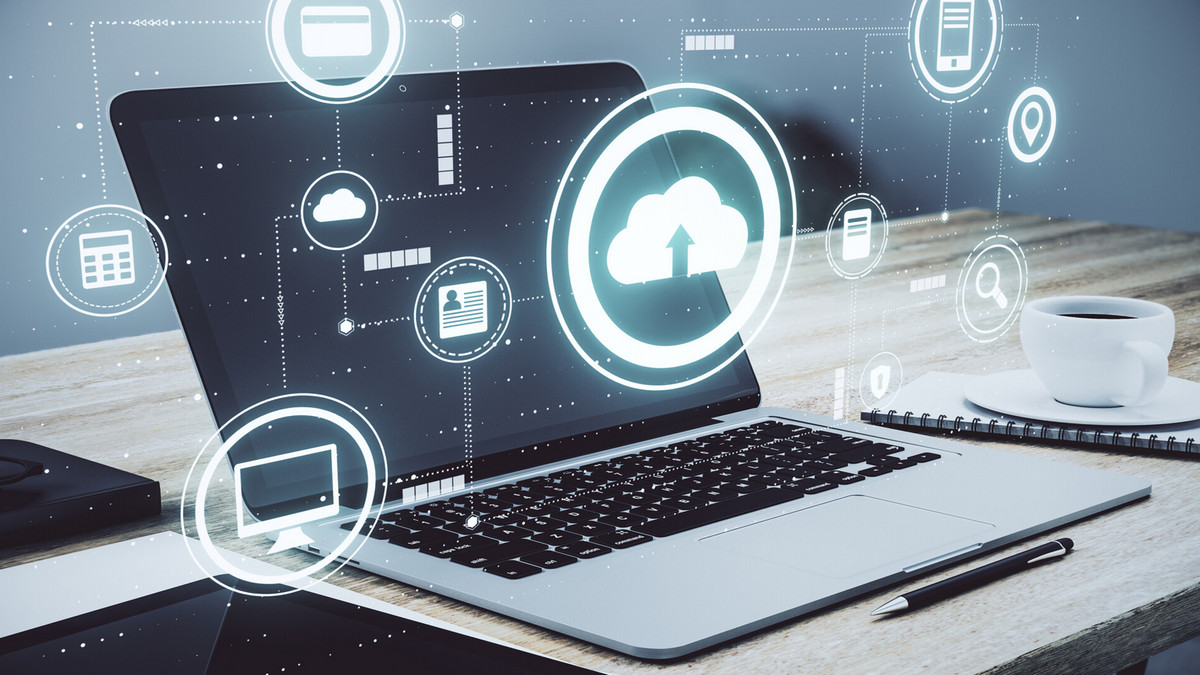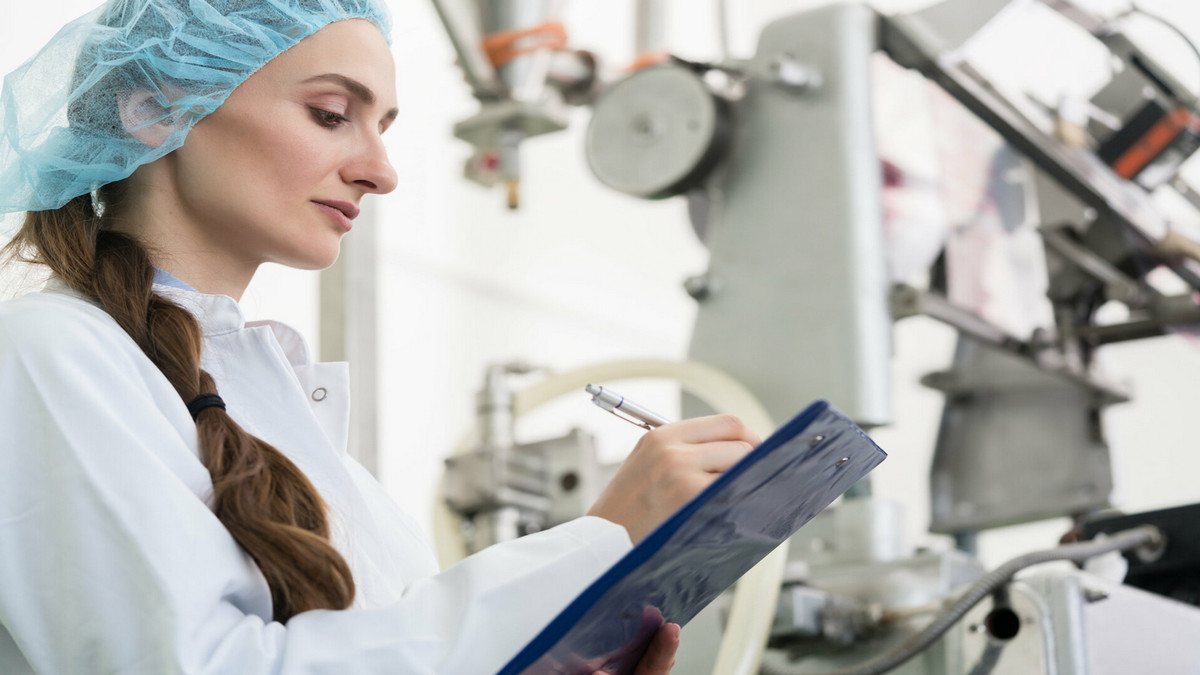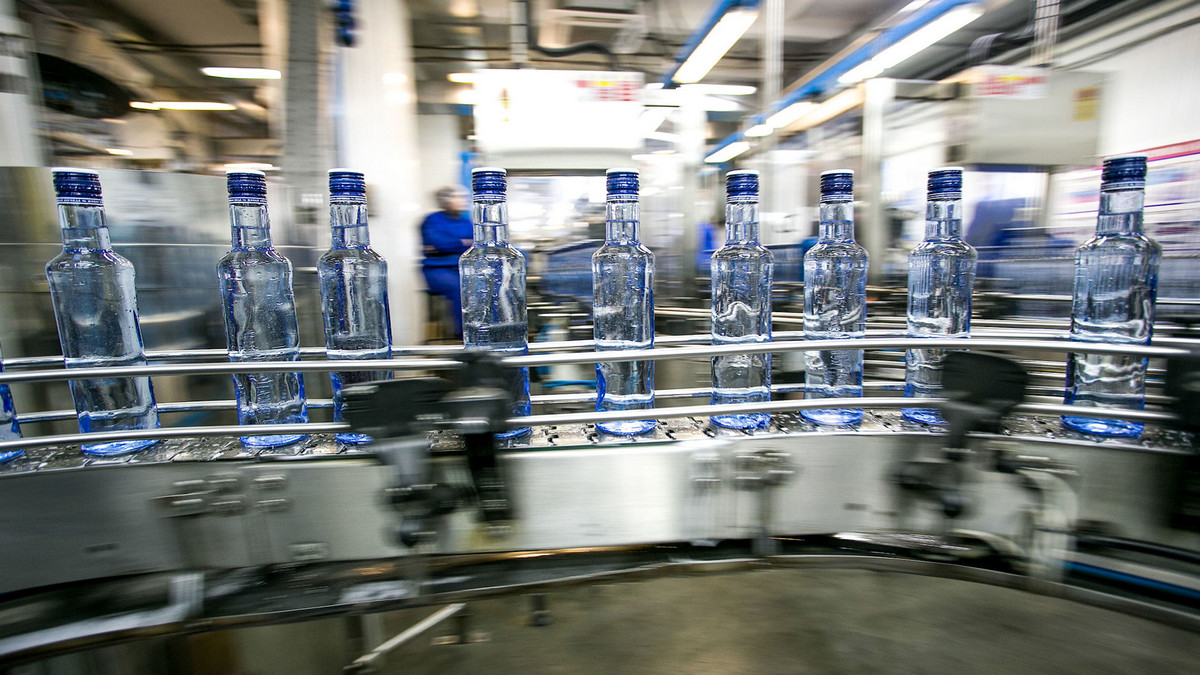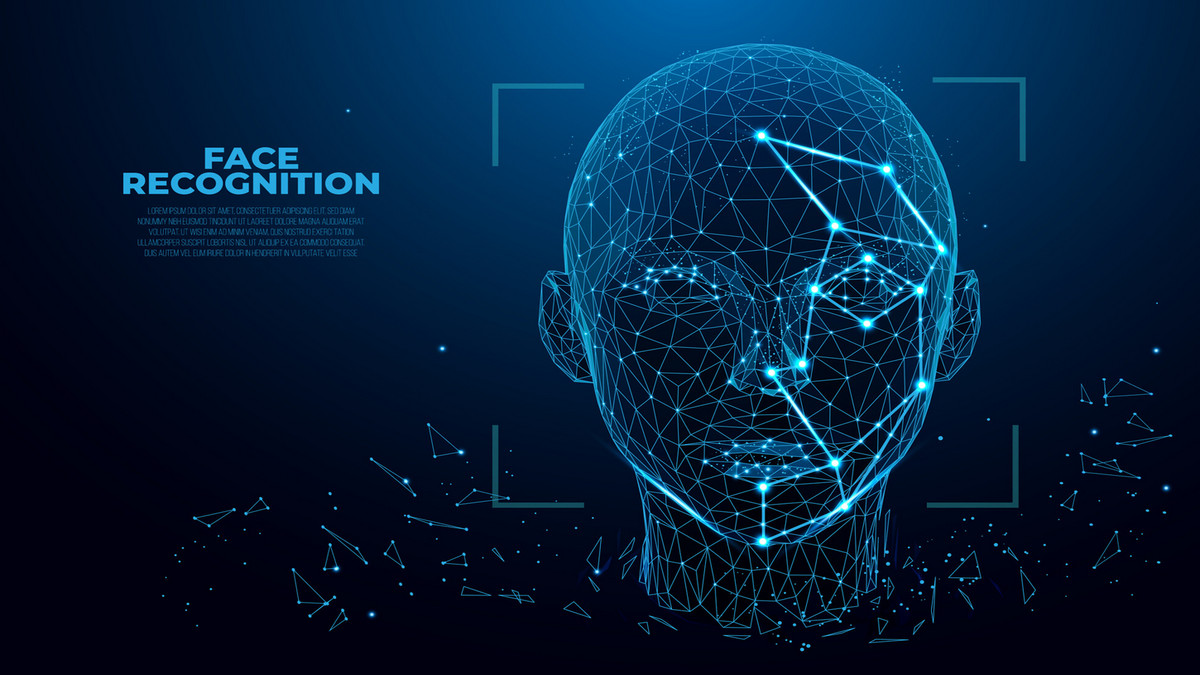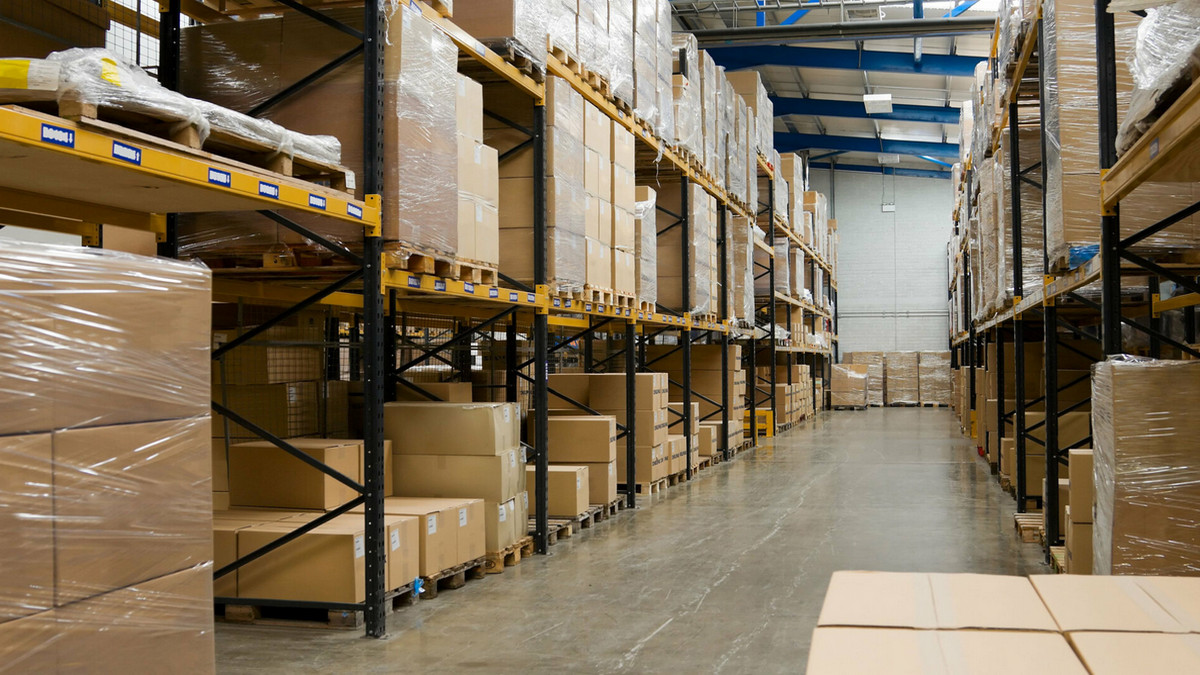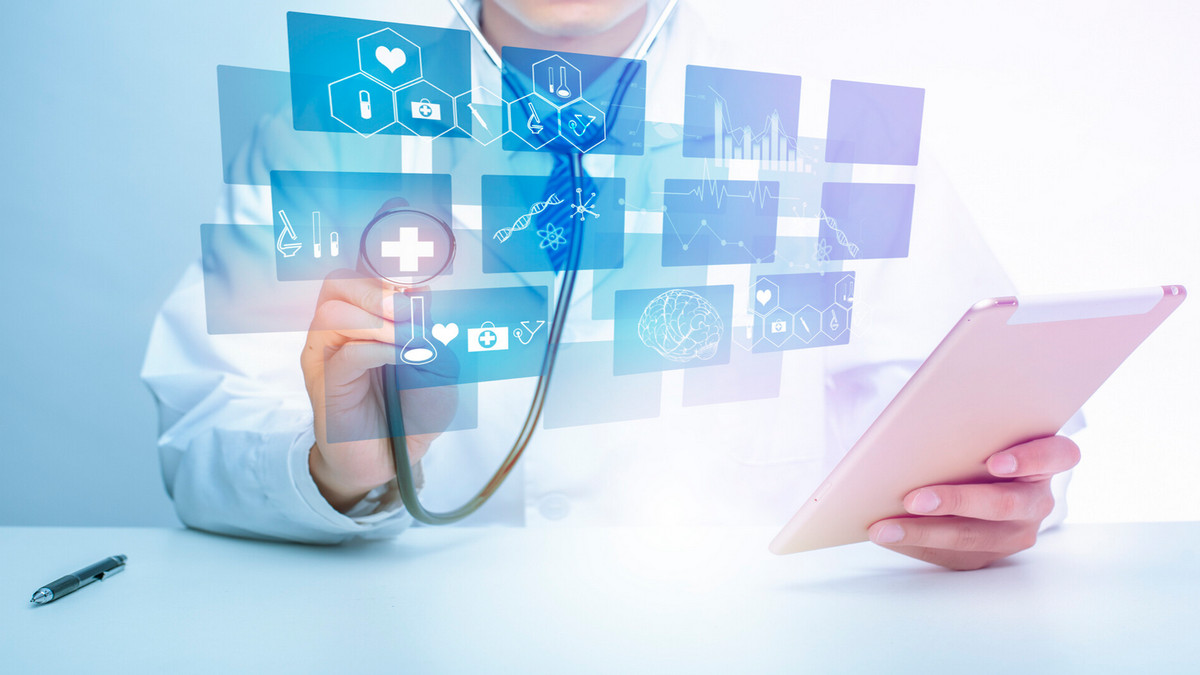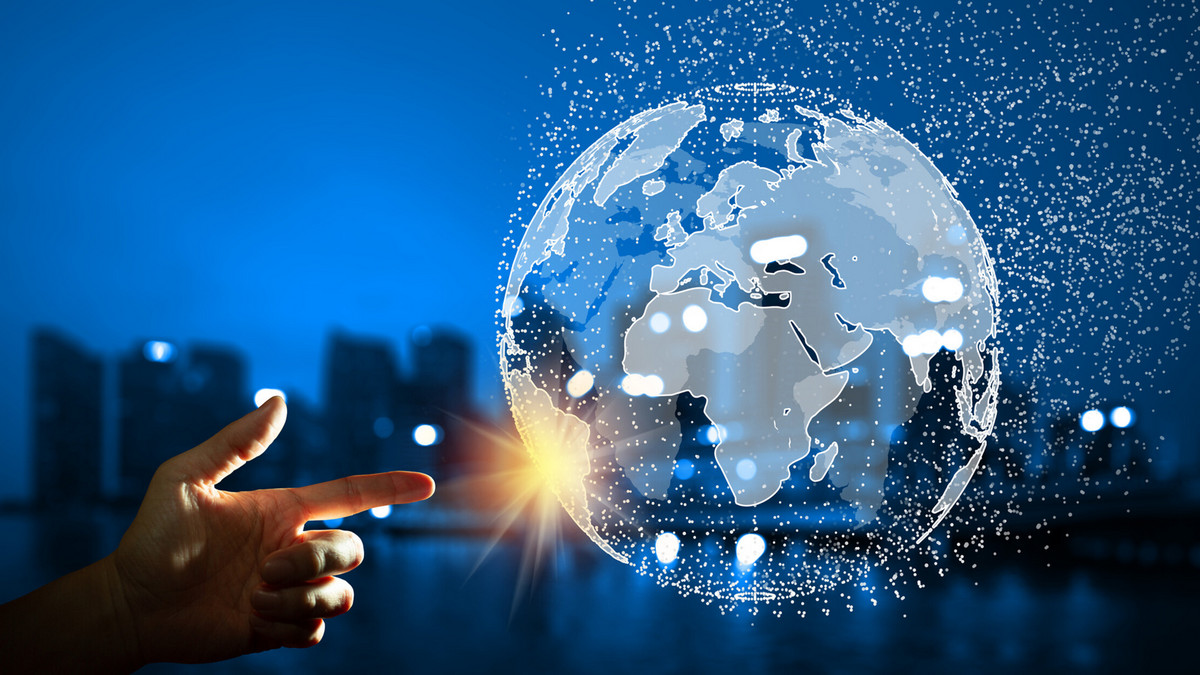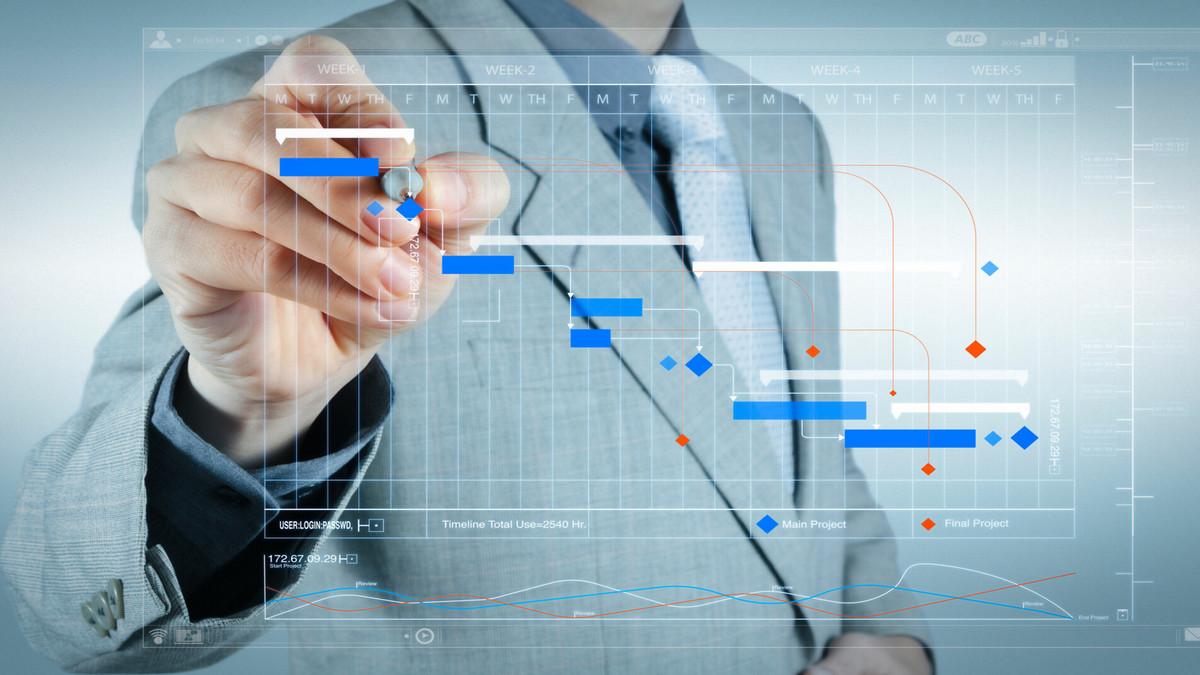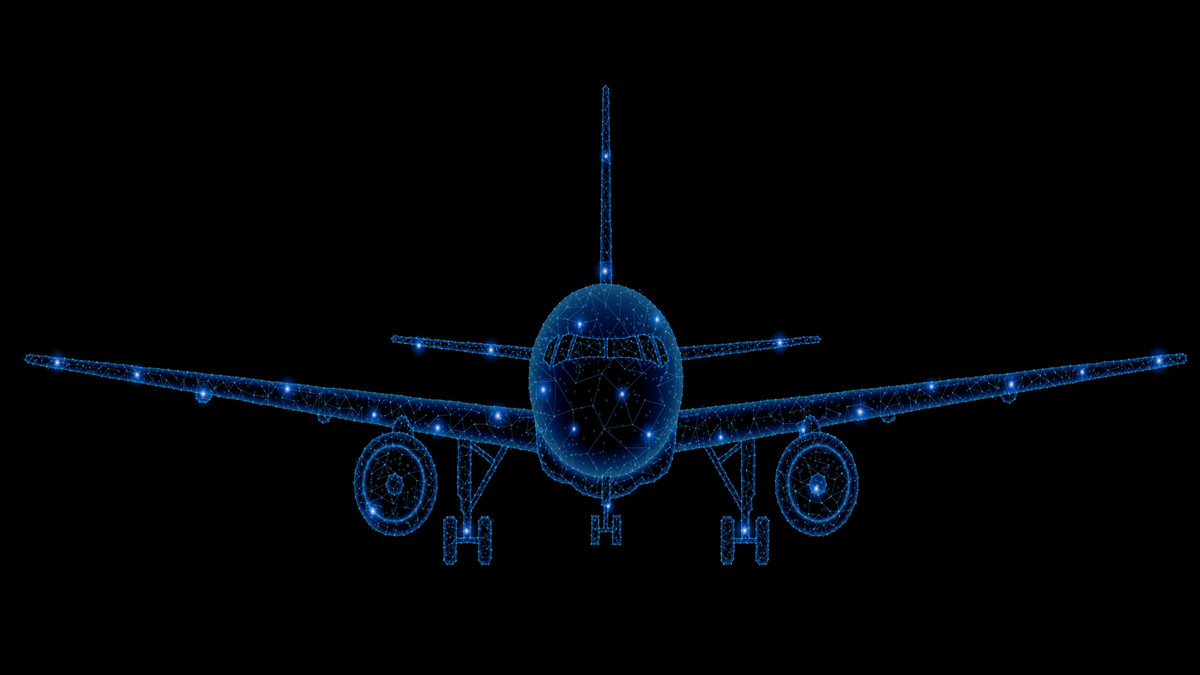- Showing results for
- Artificial Intelligence (AI)
Utilizing machine learning and neural networks, artificial intelligence (AI) plays a crucial role in enabling the autonomous operation of self-driving cars. These vehicles leverage a combination of sensors, cameras, radar, and AI to navigate between destinations without the need for human intervention. For a car to be considered fully autonomous, it should demonstrate the capability to independently navigate predetermined routes without human input, even on roads that have not been specifically modified for autonomous vehicle use.
2023-12-21 09:38:37
Recently, there has been widespread discussion about Artificial Intelligence, Machine Learning, Deep Learning, and Big Data. These technologies find application in various domains such as the financial industry, logistics, business analysis, unmanned vehicles, computer vision, natural language processing, and more, permeating every facet of daily life.
2023-12-07 10:33:16
With the rise of global environmental protection awareness, the improvement of process efficiency and pollution reduction of plastic products have become important issues for the rubber and plastic industry. In response to the shortage of workers and the reduction of personnel contact, mechanical automation and cloud services have become the new normal in the industry.
2023-04-12 14:41:36
Improving production efficiency is the foundation for the manufacturing industry to gain a firm foothold. The manufacturing industry achieves smart operations by introducing AI applications, automatically identifying abnormalities, or making adjustment suggestions, and assisting companies in achieving more accurate adjustments to machines and upgrading equipment. During the process, the traditional manufacturers are transformed into the smart manufacturers.
2023-03-16 15:42:10
Artificial intelligence has brought in a new generation of robotics technology: Robotics 2.0. The principal challenge is the transformation from original manual programming methods to true autonomous learning. Faced with this challenge for innovation in AI robotics, how can Taiwan's manufacturing industry best seize the opportunity?
2023-03-09 13:38:52
With the global economic development, the demand of the consumer market has driven the vigorous growth of the textile industry. However, under the business model of production-based sales, excessive production has not only caused environmental pollution but has also caused unnecessary waste of resources. Over the past few years, this has led the United Nations and the European Union, to begin to advocate "sustainability" and "environmental protection" as the focus of global development for the next 10 years.
2023-02-16 09:54:23
To realize the smart city of the future, it is indispensable to build a safer and more efficient traffic environment, and smart vehicles with networking and various advanced functions are the key.
2023-01-16 11:26:02
With the rapid development of the automotive industry in smart driving, safety assistance, automotive electronics, and human-machine interface-related technologies, the integration of virtual and real superimposed displays, driver monitoring systems (DMS), interactive functions, Internet of Things (IoT) of the smart cockpit system have become the current trend.
2023-01-16 10:28:23
The development of smart sensors can be a high degree of integration of mechanical, electrical, software/firmware, circuit, and sensor knowledge.
2022-12-14 16:57:12
AOI (Automated Optical Inspection) is a high-speed and high-precision optical image inspection system. It uses machine vision as the inspection standard technology to improve the shortcomings of traditional manual inspection using optical instruments. The application level includes research and development from high-tech industries, manufacturing quality control, and even national defense, people's livelihood, medical care, environmental protection, electric power, etc., but why do we need AI when we have AOI? Let's find out together.
2022-12-13 13:23:24
With the rise of global environmental protection awareness, the improvement of process efficiency and pollution reduction of plastic products have become important issues for the rubber and plastic industry. In response to the shortage of workers and the reduction of personnel contact, mechanical automation and cloud services have become the new normal in the industry.
2022-12-09 14:08:33
The image recognition function of artificial intelligence (AI) is becoming more and more powerful. Face recognition, license plate recognition, and object recognition are not uncommon. In the fields of smart manufacturing and warehousing logistics, more and more manufacturers are beginning to introduce AI technology into more special applications.
2022-12-02 13:04:35
The rising trend of e-commerce and retail online shopping has directly led to the improvement of distribution performance. In addition to the continuous expansion of the operating territory of local distribution companies, offline retail and mass stores have begun to carry out a series of measures to shorten delivery time and improve service quality.
2022-11-21 16:14:35
Electric vehicles are only a small part of the future mobility trend. The future trend is not only electric vehicles, but also generates hidden business opportunities, and the opportunities are endless.
2022-11-14 17:14:18
Refers to the use of imaging, medical image processing technology, and other possible physiological and biochemical means, combined with computer analysis and calculation, to assist radiologists in finding lesions and improve the accuracy of diagnosis.
2022-11-11 17:25:42
The introduction of chatbots into conversational commerce has become a trend of transformation, but for small and medium-sized enterprises, the cost of introduction is high, there is a shortage of information talents, and the amount of member data is insufficient. What benefits can enterprise get from investing in the introduction system?
2022-11-02 16:17:13
Data science is a complex process of extracting, integrating, and analyzing data, combining knowledge from computer science, mathematics, statistics, and related fields to help companies understand their customers, understand industry competition, and make relative decision-making.
2022-10-07 10:35:27
Deep learning is a way of machine learning, by building a network, setting goals, and learning. Deep learning is not a panacea for artificial intelligence, it can only be designed for specific needs.
2022-10-06 16:41:50
Machine learning (ML) is a type of artificial intelligence (AI) that allows businesses to make sense of large amounts of data and learn something. Through mathematical optimization, it can help to interpret the correctness of data and improve the decision-making basis of machine learning.
2022-09-20 10:49:02
How can AI and IoT technologies assist pedestrians, traffic units, and police units to help smooth, convenient, and safe traffic?
2022-09-15 15:37:38
Agree

